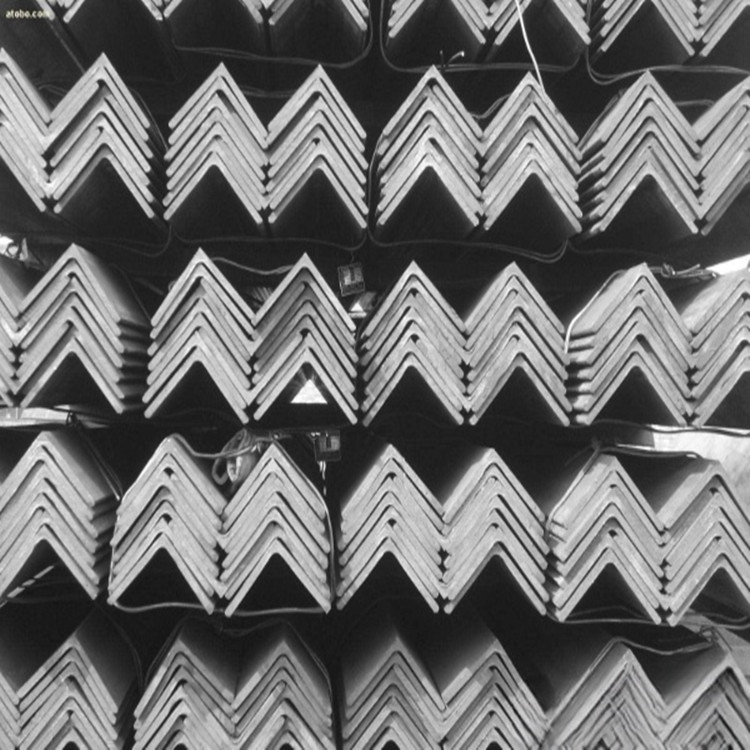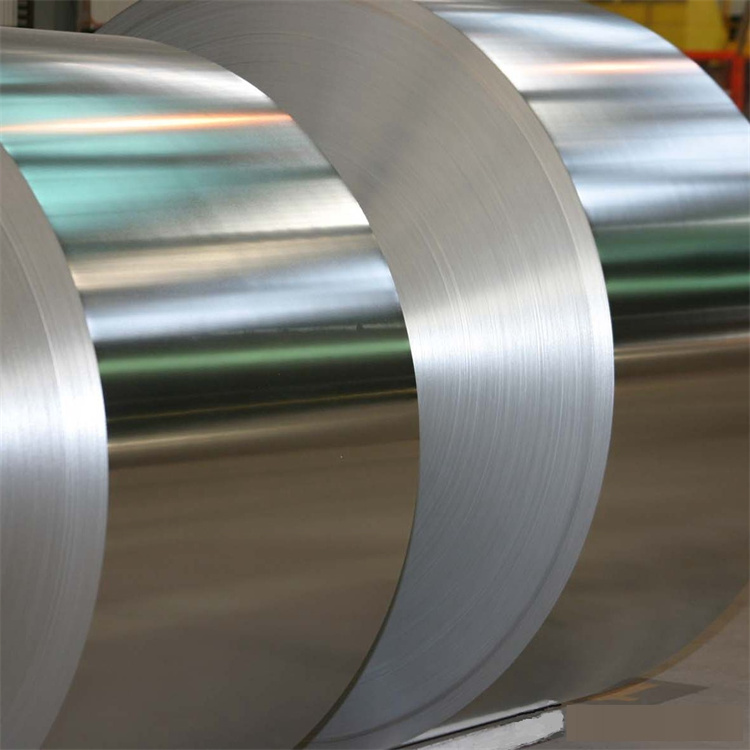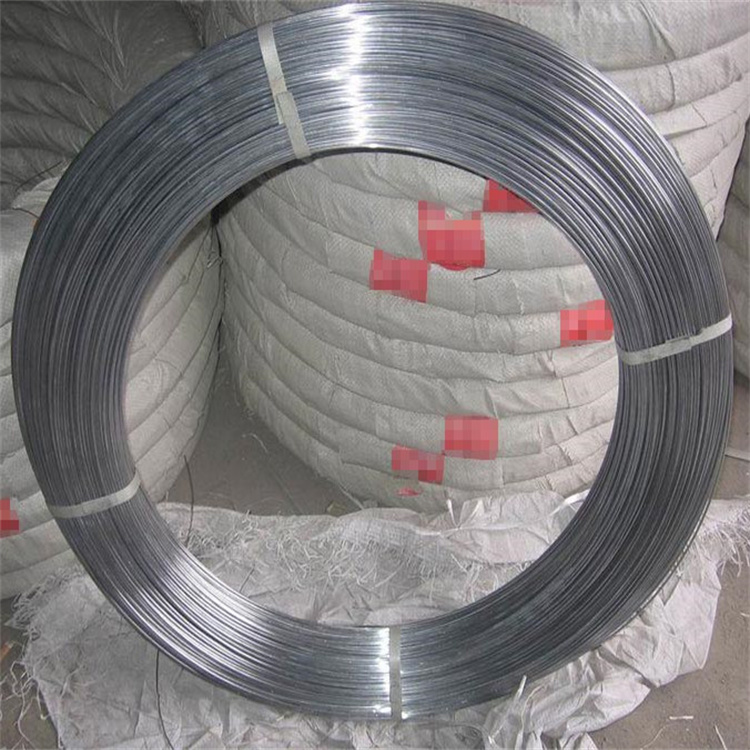What is SPCC Steel? What is the production process?
115074.jpg)
This is our JIS G3141 SPCC cold rolled steel coil silightly oiled just finished production.
SPCC steel is a commercial high quality cold rolled steel in Japanese standard JIS G 3141.
"S" means steel, "P" means plate, "C" means cold rolled, the second "C" means commercial use.
As a basic carbon steel, SPCC can be classified as a mild steel, equivlent to Chinese steel grade Q195 and US steel grade SAE1006.
Catalog of this article
Ⅰ. What is SPCC Steel? What is the production process?
1. What is SPCC-SD / SB?
2. Equivalent grade of JIS G3141 and SPCC steel
3. Chemical Composition of SPCC
4. Chemical Composition of JIS G3141 Steel and SPCC
5. Mechanical Properties of SPCC Steels
6. Mechanical Properties of JIS G3141 Steel and SPCC
Ⅱ. What is the production process of SPCC cold rolled steel coil?
1. Iron surface cleaning process
2. Cold rolling process
3. Soft Annealing Stage
4. Inspection and control of production process
What is SPCC-SD / SB?
S=Standard Temper Grade
D=Dull Finish
B=Bright Finish
Equivlent steel grade of JIS G3141 SPCC
| JIS G3141 | ASTM | BS1449 | DIN 1623 | Remark |
| SPCC | A366 | CR4 | ST12 | Commercial quality |
| SPCD | A619 | CR3 | ST13 | Drawing quanlity |
| SPCE | A620 | CR2 | ST14 | Deep drawing quality |
| SPCF | Deep drawing non aging | |||
| SPCG | CR5 | Extra deep drawing |
Chemical Composition of SPCC
Maximum percentage of Carbon (C): 0.15%.
Maximum percentage of Manganese (Mn): 0.60%.
Maximum percentage of Phosphorous (P): 0.10%.
Maximum percentage of Sulphur (S): 0.05%.
Chemical Composition of JIS G3141 Steel and SPCC
| Grade | Chemical Composition % | |||
| C Max | Mn Max | P Max | S Max | |
| SPCC | 0.15 | 0.60 | 0.10 | 0.05 |
| SPCD | 0.12 | 0.50 | 0.04 | 0.04 |
| SPCE | 0.10 | 0.45 | 0.03 | 0.03 |
| SPCF | 0.08 | 0.45 | 0.03 | 0.03 |
| SPCG | 0.02 | 0.25 | 0.02 | 0.02 |
What is the production process of SPCC cold rolled steel coil?
460850.jpg)
This photo shows our CNC cutting line to ensure the cutting surface and accurate size according to customer designation.
The other side of machine are pur finished cold rolled steel coils.
Cold rolled steel is manufactured in the following steps:
Raw material preparation stage:
The raw materials of hot rolled steel coils are prepared according to the order standard.
1. Iron surface cleaning process
The descaling line performs the cleaning of hot rolled coils. The coils are treated in a special cleaning tank using hydrochloric acid (HCL at a temperature of 60-700°C) to ensure that the oxide layer on the corrugated iron surface is removed before being sent to the cold rolling stage. The manufacturer's special cleaning agent tank contains a relatively small amount of cleaning agent to ensure fast cleaning speed, high cleaning efficiency and high production efficiency. In addition, the production line is also equipped with a tandem pressure spray cleaning system to ensure that the chloride remaining on the steel surface after pickling is cleaned. And protect the clean surface with the special surface protectant NaNO2.
2. Cold rolling process
– The cold rolling equipment of XINO Steel equipped with 4 continuous rolling lines, the thickness and flatness of steel coils are controlled by a modern thickness gauge when each coil passes through, to ensure accurate thickness and smooth surface. The automatic control system (including peripheral equipment and processing software) ensures that the tension between the frames is synchronized and the process is stable.
– The number of rolls required by the rolling mill depends on the thickness of the hot-rolled coil and the thickness of the cold-rolled coil. Typically 50% - 60% distortion, up to 80%. To achieve good quality in terms of microbiological and physico-mechanical properties.
3. Soft Annealing Stage
– After cold rolling, the surface of the rolled coil is hardened. In order to rebuild the grain structure, achieve complete mechanical properties and a bright surface, the coil will be annealed in an electric annealing furnace in a protective gas atmosphere. The annealing line has the very important feature of operating in a 100% hydrogen protected coil environment. Therefore, the annealed coil will have a uniform quality and a higher annealing rate due to the higher thermal conversion. Reduce post-rolling hardening, increase toughness, and reduce product hardness.
4. Inspection and control of production process
The quality of each coil of XINO steel is checked and controlled at every stage, throughout the production process until the finished product. The geometry and surface state of the coils are tightly controlled.
Our factory equipped with a quality control department and inspection department checks and balances each other, so every single coil before leaving out of factory will be inspected at least twice, let clients assured and satisfied.
174.jpg)
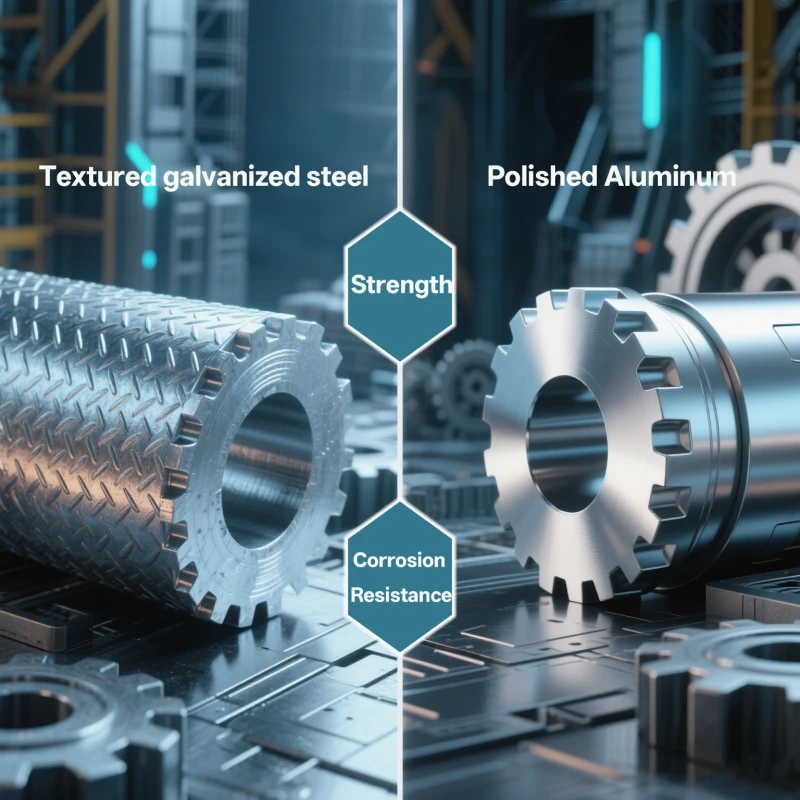
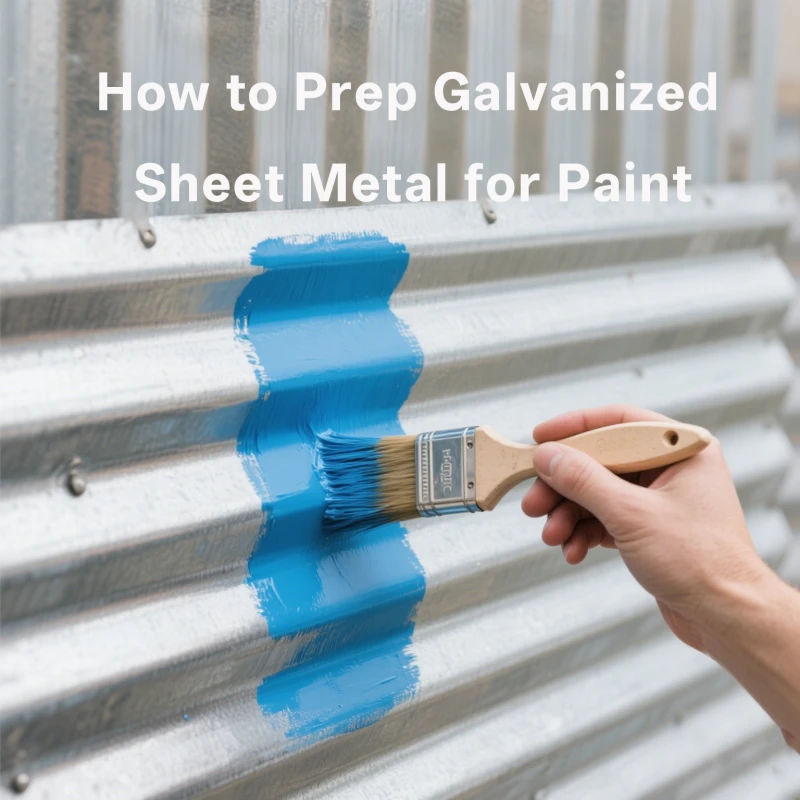
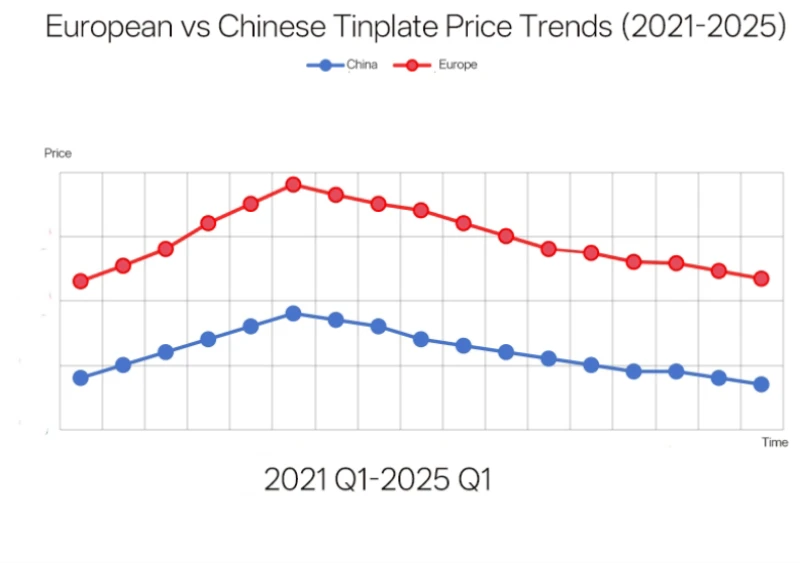
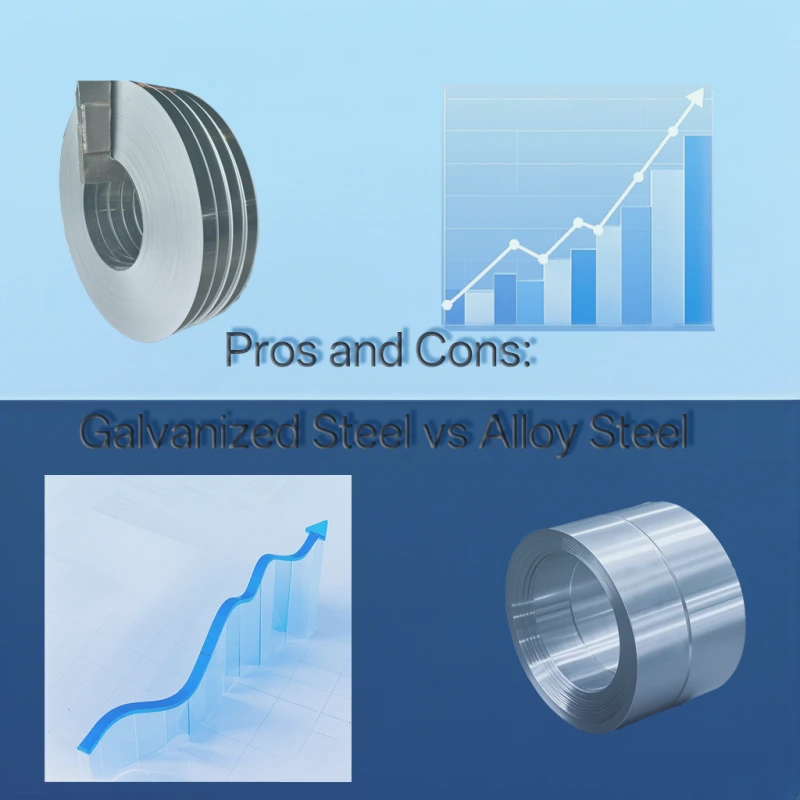
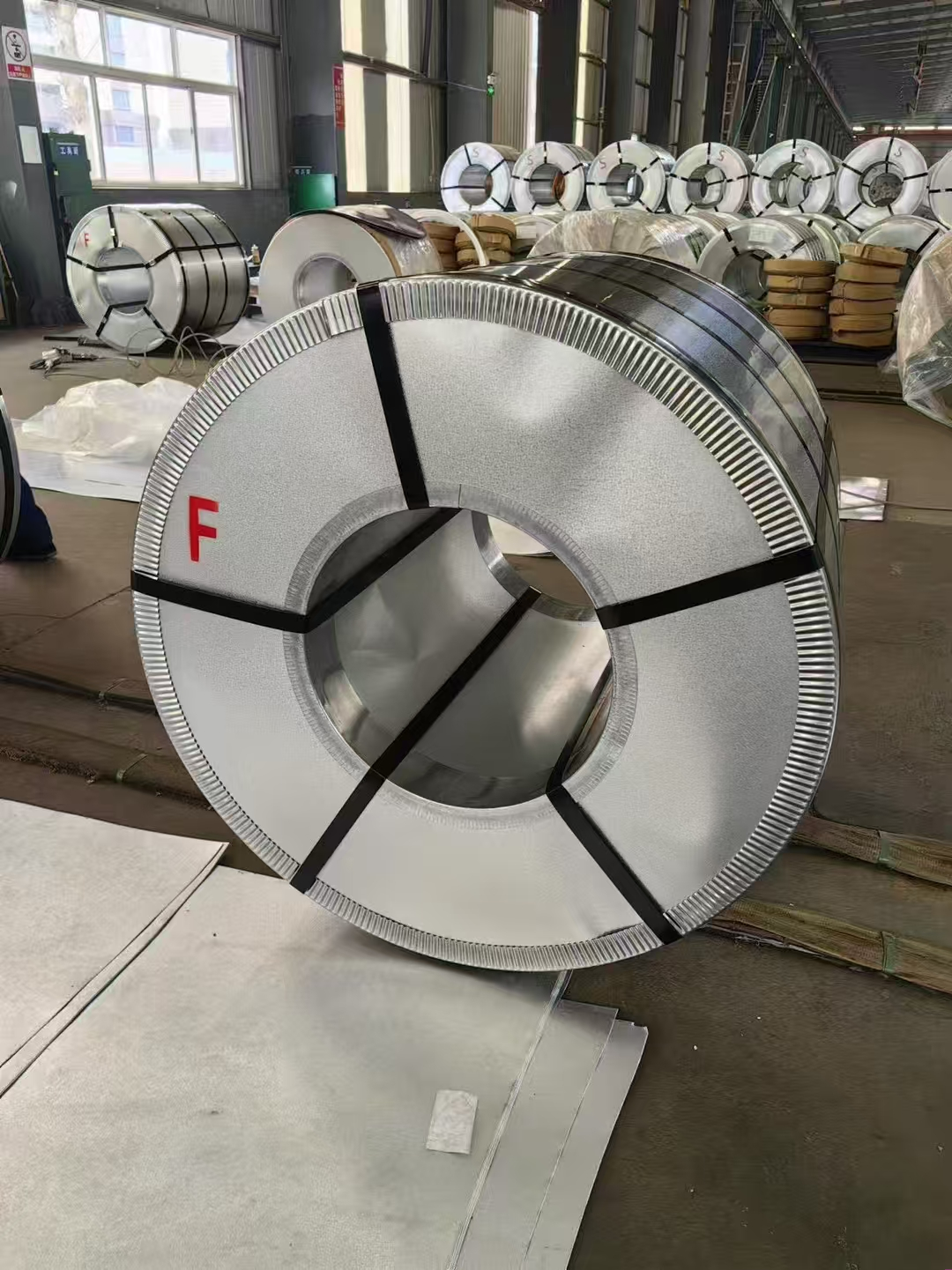
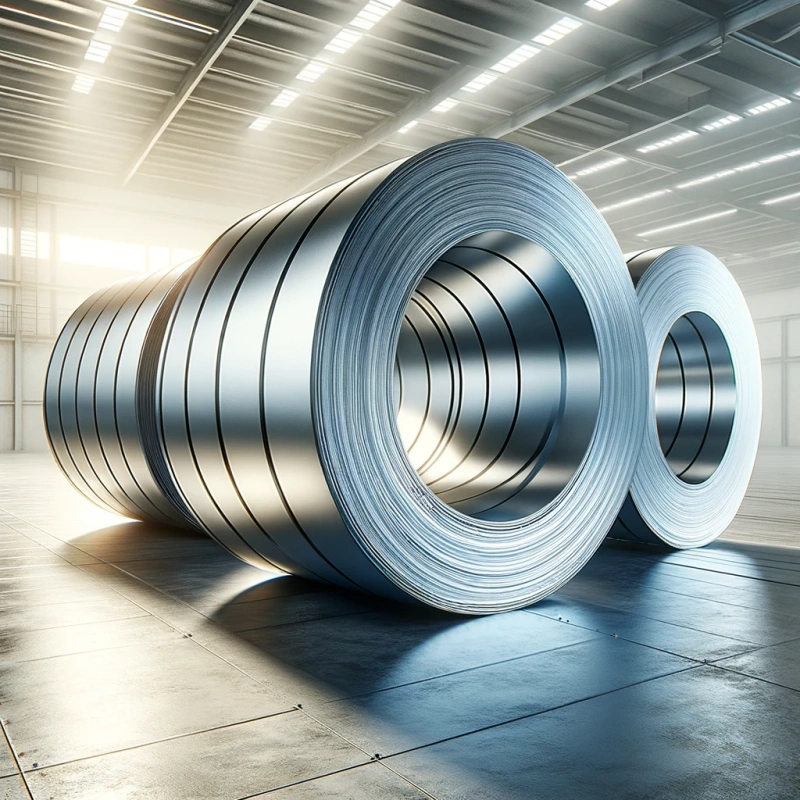
745.webp)
